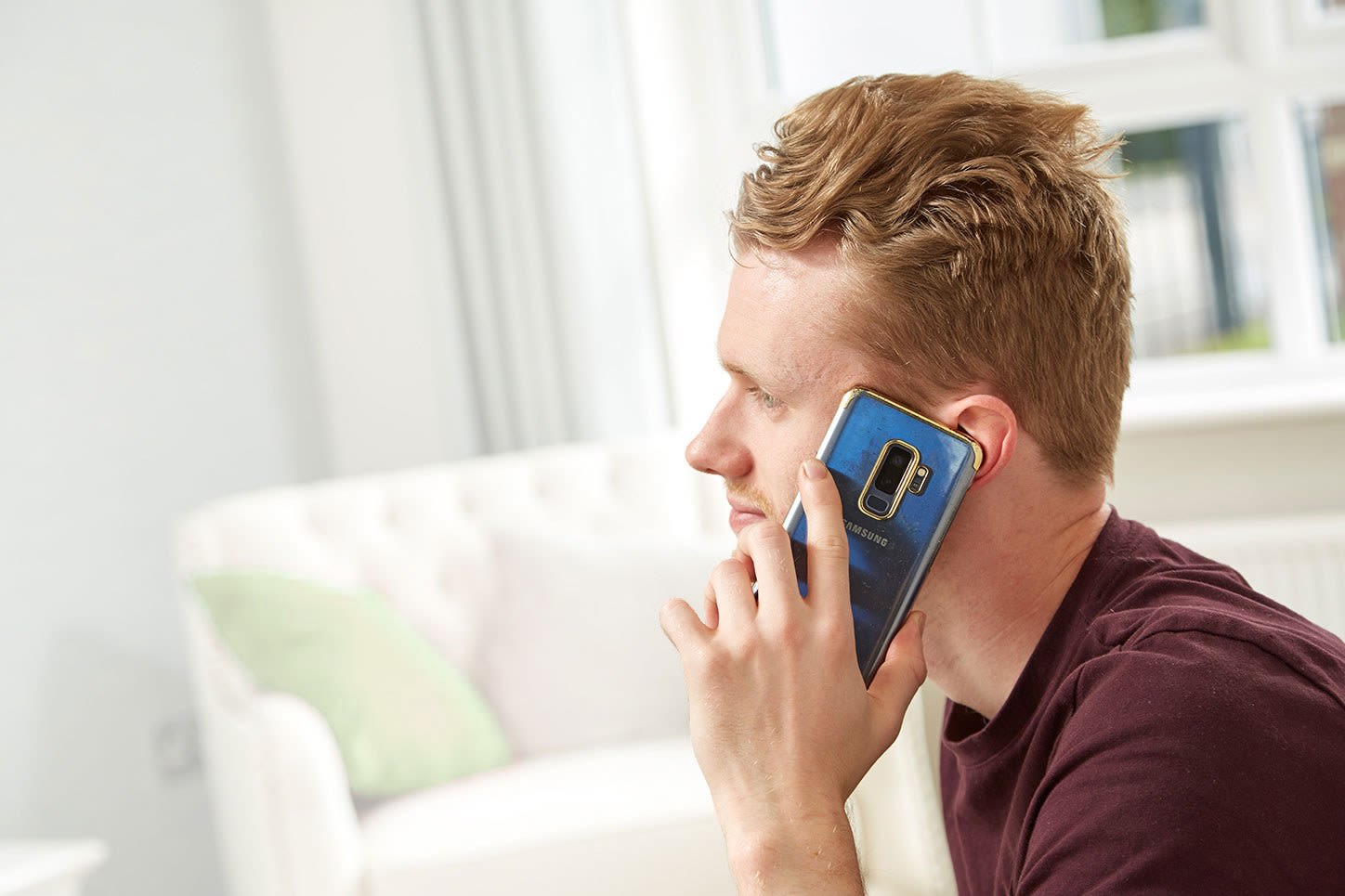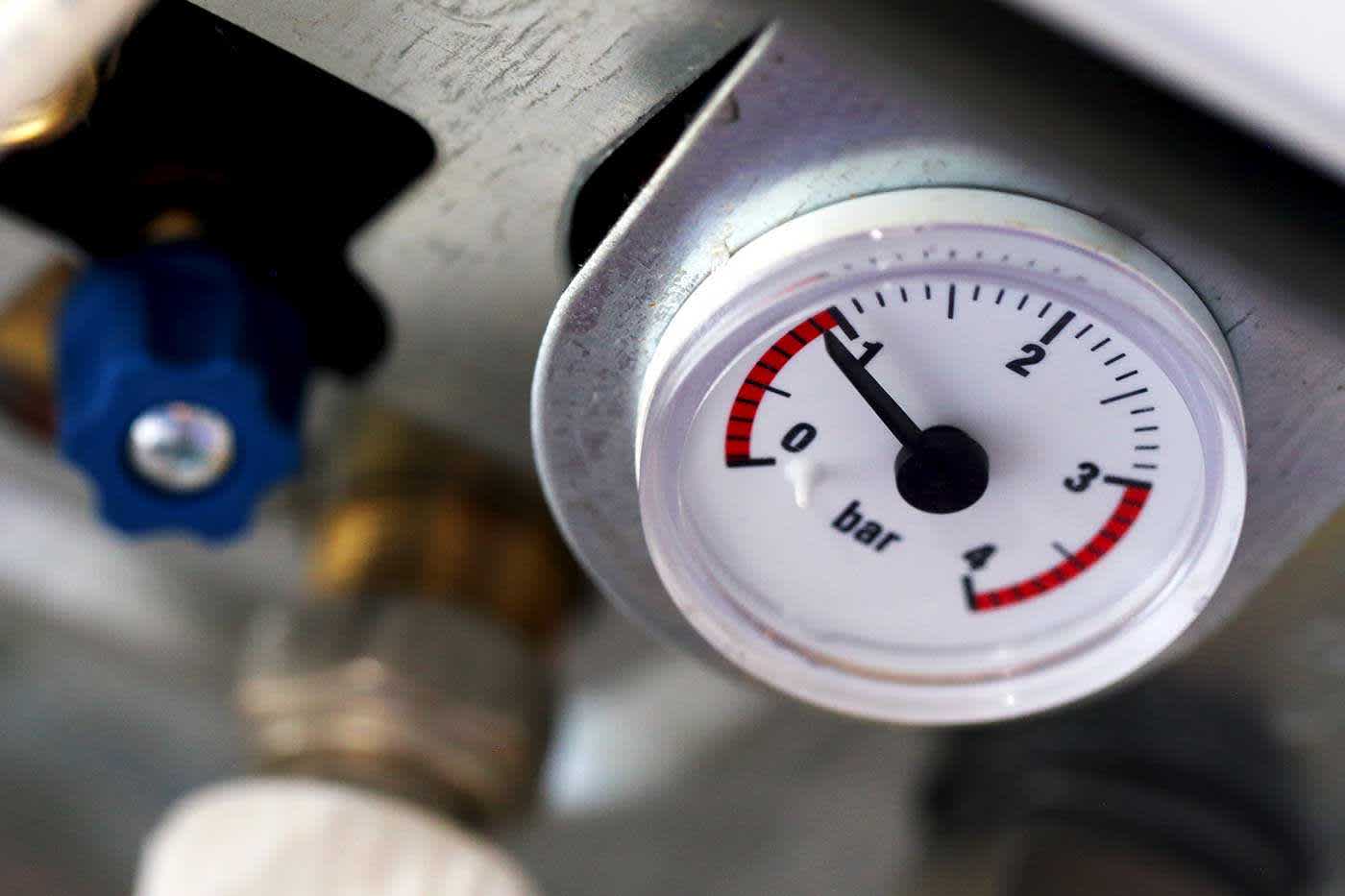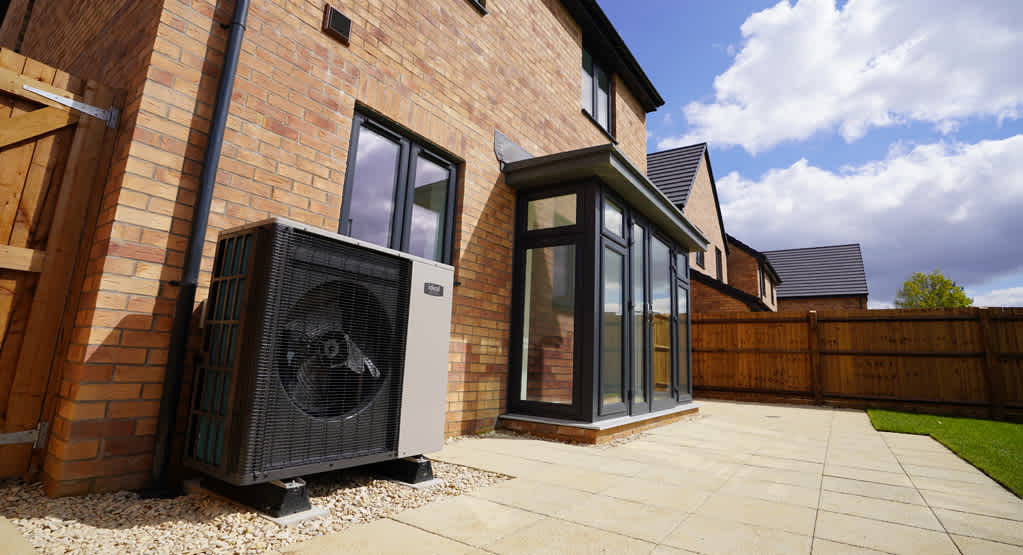
Gas boilers: A quick guide
Every home needs a boiler of some kind, but with so many types to choose from, it can all become confusing to the novice who needs to purchase one. This guide is intended to show what gas boilers are, how they’re different to other boilers and what jobs they perform.
Alternatives to gas fuel
It’s worth pointing out that there are several sources of fuel for boilers. Indeed, 4 million of the UK’s 24 million homes are heated by fuels other than gas. Electric boilers make up a significant minority in the UK, accounting for about 1.7 million homes, although this could grow as electricity’s greener credentials influence more customers.
Out in the countryside or in other remote areas, it’s still quite common for houses not to be connected to the gas mains. These homes will usually have boilers fuelled by bottled gas or oil, which needs to be delivered and stored safely. In rare cases, boilers can even be powered by coal or wood.
In the UK, however, gas happens to be the most popular historically, with more than 80% of households using it. It’s a relatively cheap and reliable source of heat and is the preferred fuel for cooking, so shows no immediate signs of decline in popularity.
What does a gas boiler do?
Put simply, a gas boiler heats up water. It does this by pumping the circulated water in pipework over a series of gas flames. As the water passes the flames, it is heated up, just like water in a pan or kettle. This water serves two purposes in the modern home: central heating and providing hot water.
Central heating
Central heating works like a circuit – hot water is pumped from the boiler into each radiator in turn, and is in constant, or near-constant, circulation when the heating is switched on. Although you might need to top up the pressure in your radiators from time to time, the same water is used over and over again. By the time the water has passed through all the radiators, it will have lost some of its heat, but that is restored in the boiler and it is sent around again.
Whether or not central heating is “on” is determined by the thermostat. It’s basically a thermometer with a switch that switches on when it’s below a set temperature, and off when it’s above. The result is the temperature of a home stays more or less constant, to within a few degrees on either side of your chosen temperature.
Hot water
The second job of the gas boiler is to heat water. It performs this task in the same way as it does for central heating, that is, through pumping circulated water over the flame so it heats up.
There are two ways it does this:
Instant hot water as in the case of the combi boiler
Heating water in a tank, like the system boiler or the heat only boiler
In both cases, however, the water that is heated over the flame is not the water that comes out of the tap – it is simply used as a medium for heating the water you use. We cover these types of boiler below.
Condensing boilers
In the past, the flames would do their work on the water in the pipes, but then the heat from the flames would be vented to the atmosphere. Considering this could be at more than 200 °C, that’s a lot of wasted energy.
What condensing boilers do is effectively use the heat twice. First, the flame heats up the water in the pipes and the water is sent on its way to the radiators, tank or taps. But then the hot air and flue gases pass through a series of baffles, where they pass around piped cold water coming in the opposite direction. The cold water therefore starts to get heated up before it arrives at the flames.
That means that less heat energy – and therefore less gas – is needed to heat the water up to its operating temperature.
All new boilers are required by law to be condensing boilers, and this law came into effect for gas boilers in 2005 (or 2007 for oil boilers). So if your boiler is newer than that, it should already be a condensing boiler.
Heat only boilers
Also known as conventional, regular, open vent or traditional boilers, these systems heat water that circulates around the central heating system and a separate circuit heats up a hot water tank, warming up the water in the tank. The tank is fed by a cold water tank, usually in the loft, which is fed by mains water. This is the traditional type of boiler used in all homes before the 1970s.
They’re useful for larger households, because once the tank is full of hot water, multiple taps can be run from them at the same time. The hot water tank can have electric elements installed to heat the water overnight when electricity is cheaper, or to act as a backup should the boiler break down. The main drawback is that once the hot water is used up (i.e. if someone has a deep bath), everyone has to wait for the water to re-heat again. Also, they can heat more water than is required, which is inefficient.
System boilers
System boilers are similar to heat only boilers, the main difference being that the hot water tank is fed by mains water, not water from a cold tank. They therefore use up less space, but have the same advantages and drawbacks as heat only systems.
Combi boilers
Combi boilers are suitable for most small and average-sized households. Like the two above, they circulate hot water around the central heating system, and they also heat up incoming mains water incredibly quickly when a hot tap is turned on. That means instant hot water, 24/7. They require no storage tanks, either, which means they take up hardly any space. The main drawback is that if several people turn on different hot taps or showers at the same time, pressure and temperature of the water will drop as the heating capacity is exceeded. Also, since they rely on water mains pressure, they are unsuitable for areas of low pressure.
Find out more
So that’s the whats and whys of gas boilers covered. Have a look through our other blog posts to find out more about boilers, and if you’re looking to buy or have one installed, take a look at our range and our network of qualified fitters.

















